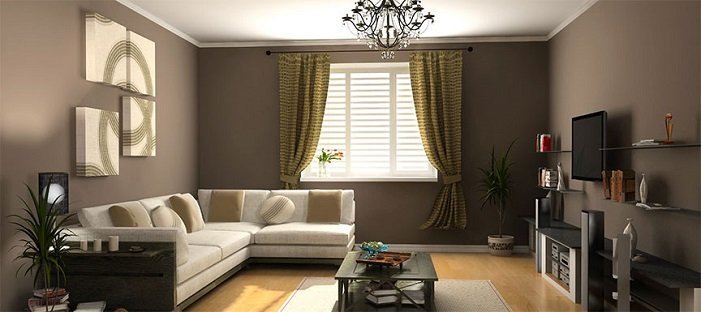How to Make Brown Color: The Ultimate Guide to Color Mixing

Learning how to make brown color can be incredibly useful, especially if you’re painting, crafting, or simply experimenting with colors.
In this guide, we’ll go over various methods to create brown from primary and secondary colors, as well as tips for adjusting the tone and shade to get that perfect brown.
Why Is Brown a Unique Color?
Brown is not a primary or secondary color but a tertiary one, which means it’s created by mixing colors rather than being a standalone hue on the color wheel. Since there are many ways to mix brown, you can customize the shade to suit your specific needs.
Step 1: Basic Color Theory
Before diving into the specifics, here’s a quick overview of complementary colors, which are key to making brown:
- Red and Green (opposites on the color wheel)
- Blue and Orange
- Yellow and Purple
When these complementary colors are mixed, they neutralize each other and produce a brown tone.
Method 1: Mixing Red and Green for Brown
One of the most straightforward ways to make brown is by combining red and green. The exact shade of brown will depend on the proportion:
- Equal Parts Red and Green: Creates a balanced brown.
- More Red: Adds warmth to the brown.
- More Green: Makes the brown cooler and earthier.
For a practical guide on creating browns with red and green, you can check out
ps://artstudiolife.com/how-to-mix-brown/).
Method 2: Using Blue and Orange
Another reliable method is mixing blue and orange. This combination can create a brown that’s slightly cooler:
- Equal Parts Blue and Orange: Gives a classic medium brown.
- More Blue: Results in a darker, cooler brown.
- More Orange: Leads to a warm, golden brown.
Experiment with various shades of blue and orange to find the brown that fits your needs best.
Method 3: Yellow and Purple for Vibrant Browns
For a more vibrant brown, mix yellow and purple. This is especially effective when using bright yellow and purple pigments:
- Equal Parts Yellow and Purple: Creates a rich brown.
- More Yellow: Warms up the brown, giving it a golden tone.
- More Purple: Produces a darker, more intense brown.
This combination is great for adding depth to your brown shades.
Step 2: Adjusting Brown Tones
After creating a base brown, you can further customize it by altering its warmth, coolness, or lightness.
- Light Brown: To create a lighter brown, add a small amount of white or yellow. Yellow lightens while keeping the brown warm, while white may give a slightly chalky, cooler appearance.
- Dark Brown: Add black or a darker blue to deepen the brown tone. Be careful with black, as it can overpower the color and make it look muddy.
- Warm Brown: Add a touch of red or orange to your brown mixture. This is ideal for creating a rich, earthy brown.
- Cool Brown: Mix in a bit of blue or green for a cooler, more subdued brown, perfect for natural landscapes and shadows.
Quick Tips for Successful Brown Mixing
- Use High-Quality Pigments: The quality of paint or pigments affects the richness of your brown.
- Experiment with Ratios: Tiny changes in proportions can lead to vastly different shades of brown.
- Try Different Primary Colors: For example, ultramarine blue mixed with cadmium orange yields a different brown than cobalt blue mixed with a burnt orange.
Final Thoughts
Creating brown is a fun exploration of color theory, and with practice, you’ll learn to create exactly the brown you envision. Remember, color mixing is an art form, so don’t be afraid to experiment and refine your techniques.
For additional color mixing tips and step-by-ste




